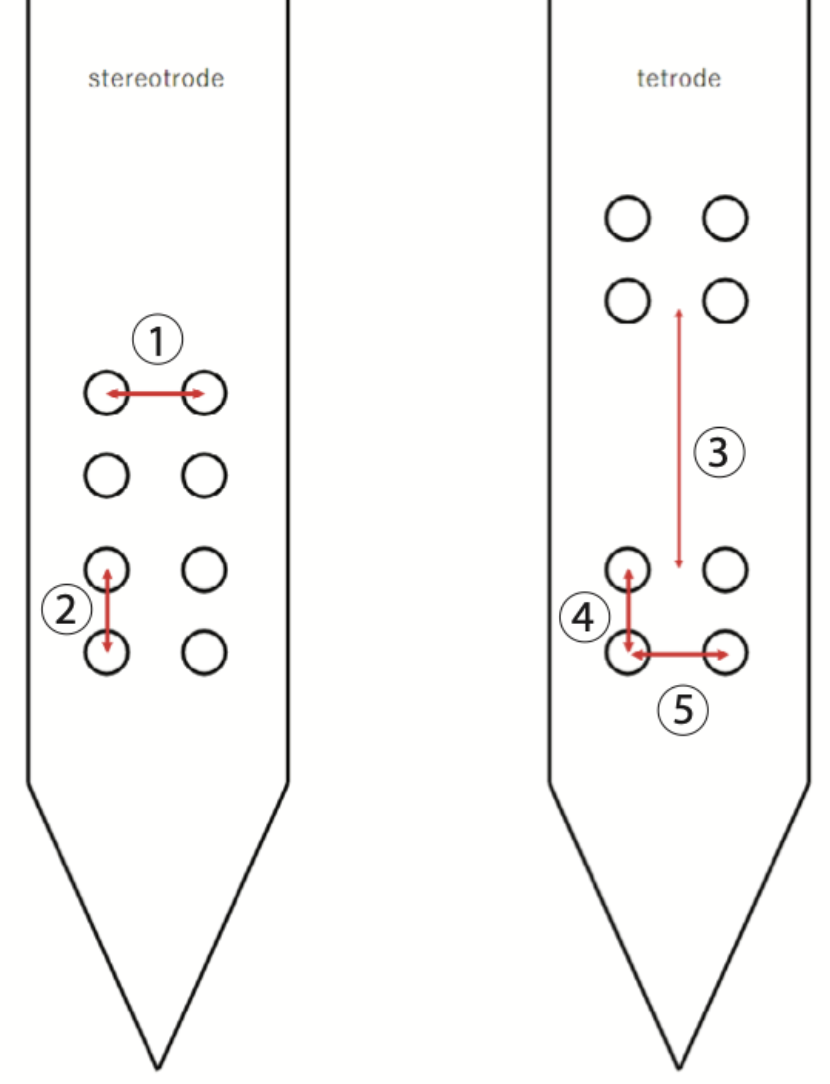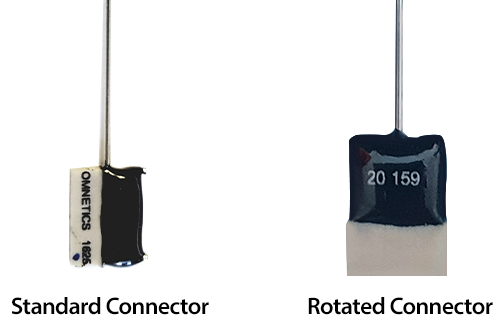Plexon S-Probe – Stainless Steel Probe
S-Probes* are the newest tip design for Plexon neural probes. They are also the strongest. The entire tip is solid stainless steel and shaped similar to a sharpened pencil. It is not recommended to use any Plexon neural probe to puncture dura, however, those customers who must use the probe to puncture dura may have the best success using this stainless steel probe tip.

Flexibility in the manufacturing process allows for different electrode site arrangements and spacing, as well as optional fluid delivery channels for precise drug delivery or fiber optic lines for optogenetic stimulation intermixed within the recording sites. The precise linear arrangement of the electrode sites enables current source density analysis of the field potential signals as recorded from laminar neural structures.
The platinum/iridium electrode recording sites are available in 15, 20, 25 and 40 µm diameter options. The small electrode site diameter (15 µm) enables effective single-unit recording, while a unique etching process of the electrode surface results in lowered impedances without significantly changing the overall surface area of the exposed recording site. The result is a small site suitable for resolving single units coupled with low impedance for a better signal-to-noise ratio.
S-Probes are conveniently available in single, stereotrode and tetrode configurations, each with a choice of 8, 16, 24, 32, or 64* channels.

Below are all three 16 channel configurations illustrated with four fluid capillaries or optic fibers:

You may also wish to explore other options in Plexon’s family of specialty electrodes, neural probes and arrays including our U-Probes, V-Probes, and Thumbtack Probe the latter one for chronic use.
This stainless steel probe is Plexon’s newest product in the electrodes, neural probes and arrays category. S-Probes are expertly handcrafted and made to order with many finished options available. As a result, please expect a six week manufacturing lead time for standard specifications. Some specifications or configurations, such as tetrodes, can take an additional two to three weeks.
Neural probes can be purchased independently or operated in conjunction with the OmniPlex® Neural Data Acquisition System. Your Plexon Sales Engineer is happy to provide additional information and to assist you in determining what might be the most advantageous neural probe configuration.
*64 Channel neural probes are available in single and stereotrode configuration. 64 Channel probes with a single electrode configuration are available with 50, 75, or 100um inter-electrode spacing. 64 channel probes with stereotrode configuration require 100um or 150um interelectrode spacing.
S-Probes are customizable, as can be seen from the table below. It may also be possible to produce neural probes beyond the specifications below. As a result, it is recommended that you discuss your needs with a Plexon Sales Engineer to determine the best configuration and if your unique request can be accommodated.
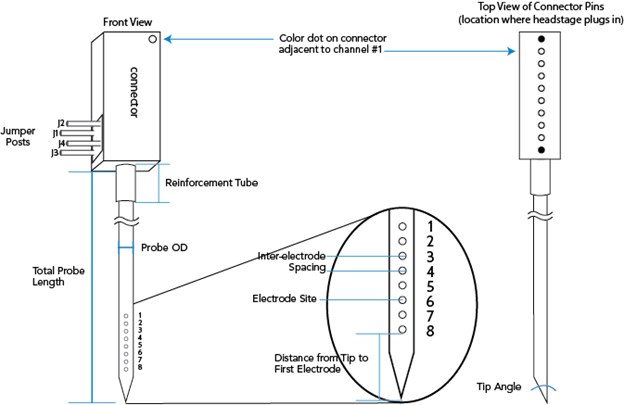 |
| 1) intra -electrode spacing 2) inter-electrode spacing 3) inter-electrode spacing 4) intra-electrode spacing (50μm) 5) intra-electrode spacing (50μm)
|
| Feature | Specifications and Options | Remarks |
| Application | In vivo; acute | |
| Channel counts | 8, 16 24, 32, or 64 | |
| Total probe length | 30 to 150 mm | Length is customizable within range provided; however, the most typical request is 100 mm. Total neural probe length is measured from tip to the connector. The difference between the total probe length and the reinforcement tube length is a minimum of 25 mm. |
| Probe OD | 185 to 360 μm | Neural probe diameters vary based on the number of electrodes, fluid channels and optic fibers. See the Probe diameter tables found in the Probe Technical Guide under Technical Specifications. |
| Reinforcement tube length | 5 to 125 mm | Length is customizable within range provided |
| Reinforcement tube outer diameters | 460 or 640 μm | Neural probe diameters of 236 μm and greater require a 640 μm reinforcement tube |
| Electrode construction | 15 μm Pt/Ir electrode site diameter, circular shape, HML insulated (polyimide), and secured in medical-grade epoxy | |
| Electrode configurations | Single, stereotrode or tetrode | Single configuration is most typical; stereotrodes and tetrodes tend to be used in areas with an especially high density of neurons (i.e. hippocampus). 64 Channel neural probes are available in single and stereotrode configuration. 64 Channel probes with a single electrode configuration are available with 50, 75, or 100um inter-electrode spacing. 64 channel probes with stereotrode configuration require 100um or 150um interelectrode spacing. |
| Inter-electrode spacing | 50 μm, 75 μm, 100 μm, 150 μm, or 200 μm along length of probe; 50 μm within stereotrode or tetrode group | |
| Distance from tip to the closest electrode site | Dependent on probe diameter (See table below): | The numbering of the electrode sites is such that channel #1 is closest to the connector. Conversely, the electrode site closest to the tip is the largest channel # on the neural probe. |
| Stimulation options | Single: Up to four fluid capillaries and/or optic fibers Stereotrode or Tetrode: Up to two fluid capillaries and optic fibers | Single: Able to accommodate any combination of up to four additional fluid capillaries/optic fibers. Examples: four fluid capillaries; or four optic fibers; or one fluid capillary with three optic fibers. The total count of fluid capillaries plus optic fibers may not exceed four. Stereotrode or Tetrode: Able to accomodate any combination of up to two additional fluid capillaries/optic fibers. The same examples that apply for the single configuration above apply here, however, the total count of fluid capillaries plus optic fibers may not exceed two. 64 channel neural probes are able to accommodate 1 fluid capillary/optic fiber. |
| Fluid capillary ID | 40 μm | Fluid capillaries are slightly offset from the center line of the electrodes. |
| Fluid capillary OD | 60 μm | |
| Optic fiber OD | 50 μm | Optic fibers are slightly offset from the center line of the electrodes. |
| Connector interfaces | 8 channel: CON/8o50m-10P 16 channel: 2x CON/8o50m-10P, CON/16m-V 24 channel: 3x CON/8o50 or CON/32m-V 32 channel: CON/32m-V 64 channel: 2x CON/32m-V or CON/64f-Samtec | Omnetics and Samtec connectors. |
| Lifespan | Robust and reusable |
^Batch variation in tubing inner diameter may require a larger neural probe diameter or larger reinforcement tube.
Our linear probes are extremely customizable, some of our most popular custom options include:
Janus Probe:
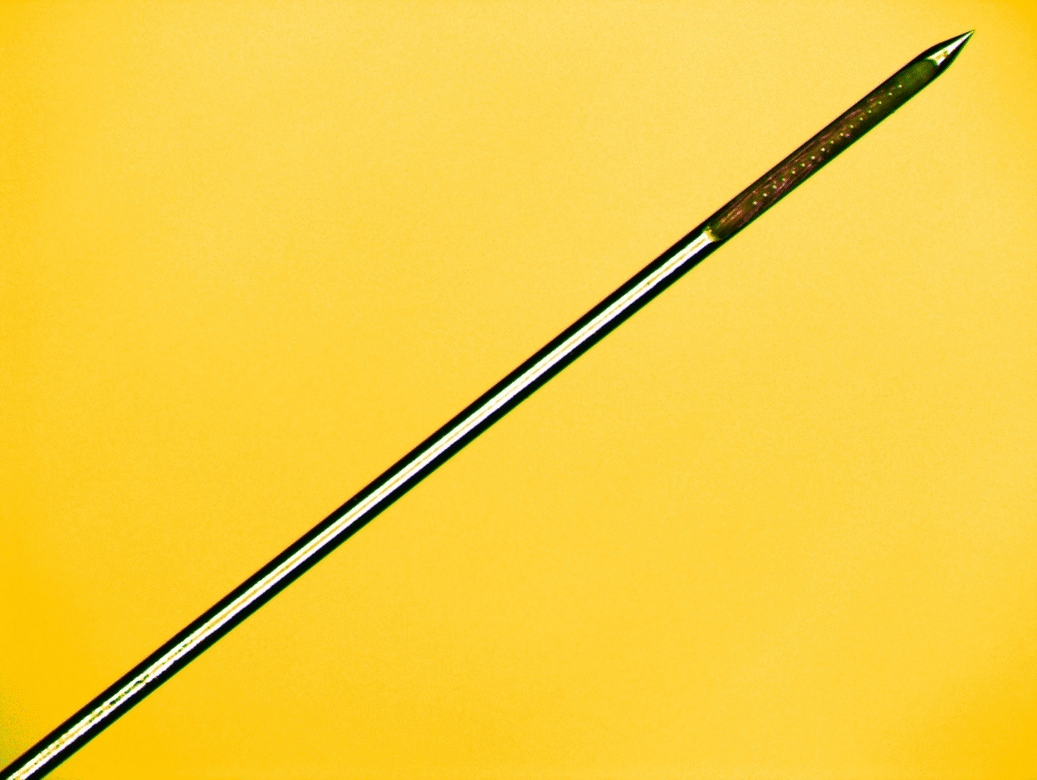
Groups of sites can be placed on opposite sides of the probe shaft.
Variotrodes Probe:
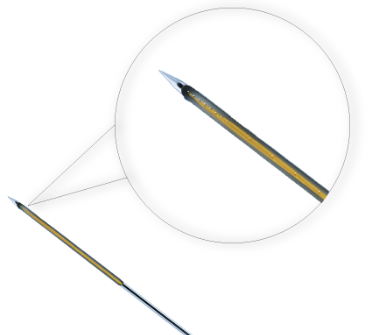
These multi-use, multi-site linear electrodes are custom-made probes that allow the inter-electrode space to be varied between 50μm – 500um along the length of probe.
Oval-Sites Probe:
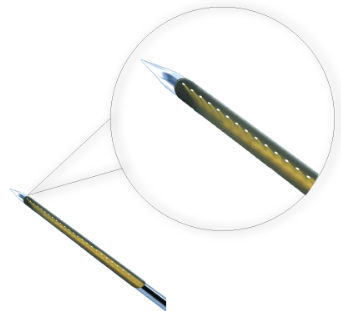
The linear U-, V- and S-probes can be manufactured not only with round electrode sites, but with oval-sites as well. Oval sites result in the contact surface of the electrode pad being twice as large as that of a round site, without increasing the diameter of the probe shaft.
Rotated connector:
Rotating the connector 90 degrees allows for the headstage to be plugged in from the top which can alleviate spacing issues.
Kinked/Angled Reinforcement Tube:
Probes can be made with a “kink” in the reinforcement tube. Customers specify the angle and the location of this bend. Changing the angle of the reinforcement tube can make it easier to plug in the headstage when recording from brain regions close together.
Fluid Channels:
Up to 4 fluid delivery channels for precise drug delivery can be added to S, U, and V-Probes. The placement of these fluid channels depends on the type of probe chosen. A connector steel tube (360um OD) is pulled over the fluid capillary (60um OD) and polyethylene or silicone tubing can be used to connect to the injection system.
Fiber Optics:
Up to 4 fiber optic lines for optogenetic stimulation can be added to S, U, and V-Probes and intermixed within the recording sites. The placement of these fiber optics depends on the type of probe chosen. Probes will be manufactured with a LC ferrule that can be used to connect to your light source.
Jumper Location:
You can have the location where the jumper cables connect moved to better fit your experimental designs. For example, jumpers can me moved so that they are accesible from the side.

“Pig-Tail” Connector Design:
The unique pig-tail connector design allows for greater flexibility with site orientation and easier movement of the probe while in the microdrive. The length of the cable between the reinforcement tube and the connector can be customized.
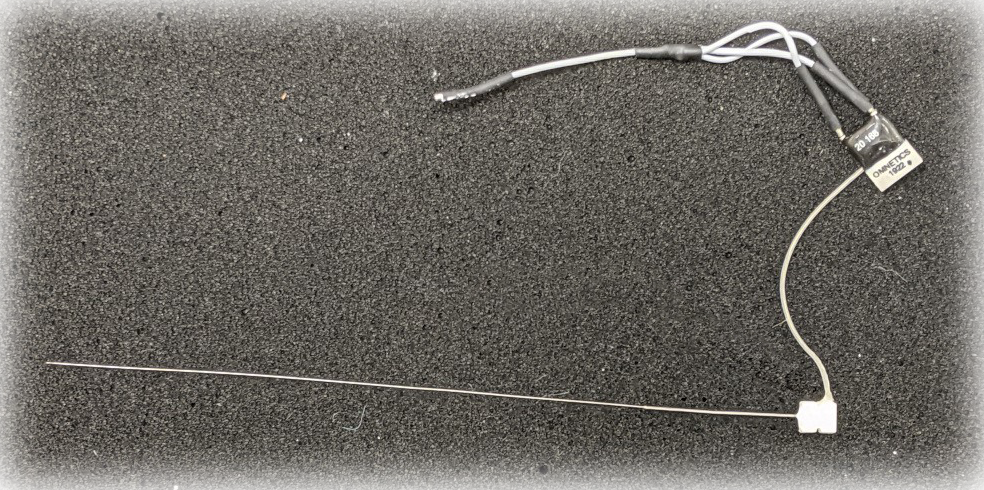
Guides and How To Papers
Technical Specs and Data Sheets
Other Resources
Design Your Own Probe
Use the interactive form below to see what your probe might look like with different configurations. If you find a configuration you like and would like to have a Sales Engineer contact you about it, please enter your name, email, and principal investigator and we’ll get back to you.

